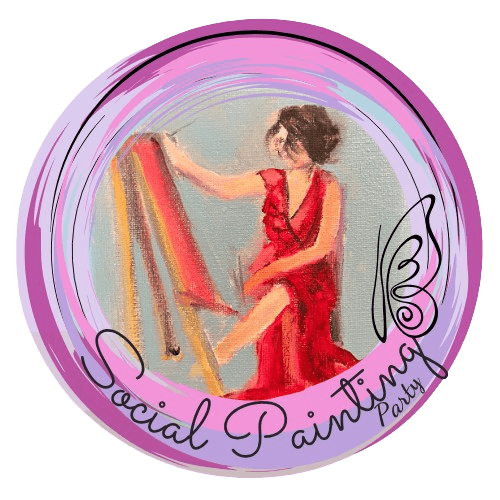The Healing Power of Art Therapy in Mental Health
The Intersection of Art and Healing
Art therapy is a unique form of treatment that has gained recognition in the field of mental health. By combining the creative process with psychological theories, art therapy offers a powerful means for individuals to express emotions, resolve inner conflicts, and develop self-awareness. It serves as a bridge between the conscious and subconscious mind, facilitating healing in ways that traditional therapies may not.
While many might view art simply as a hobby or pastime, its therapeutic properties are profound. The act of creating art can lead to reduced stress, increased focus, and improved emotional balance. This form of therapy helps individuals articulate thoughts they might not easily express through words, providing a safe space for exploration and healing.

Benefits of Art Therapy
Art therapy offers a plethora of benefits that contribute to mental well-being. One of the primary advantages is its ability to foster self-expression in a non-verbal manner. For those who find it challenging to communicate verbally, art becomes a powerful tool for releasing pent-up emotions.
Moreover, engaging in creative activities can significantly reduce anxiety and depression. The process of creating art can elevate mood and provide a sense of accomplishment, which is essential for building self-esteem. This therapeutic approach helps individuals gain insight into their emotions and behaviors, promoting personal growth and transformation.

Who Can Benefit from Art Therapy?
Art therapy is versatile and can be beneficial for people of all ages, from children to older adults. It is particularly effective for those dealing with trauma, anxiety, depression, and chronic illness. Through art therapy, individuals are encouraged to explore their feelings, which can lead to breakthroughs in understanding their mental health challenges.
Children often find it difficult to express their emotions verbally. Art therapy provides them with an alternative means of communication that is both engaging and therapeutic. Similarly, adults dealing with stress or trauma can use art to process their experiences in a supportive environment.

Integrating Art Therapy into Mental Health Care
For mental health professionals, incorporating art therapy into treatment plans can enhance the therapeutic process. It is often used alongside other therapeutic techniques, providing a holistic approach to mental health care. Therapists trained in art therapy help guide individuals in their creative endeavors, facilitating insight and healing.
The integration of art therapy in mental health care settings is increasingly recognized for its effectiveness. By allowing patients to express themselves creatively, therapists gain a deeper understanding of their client's inner world. This understanding can lead to more tailored and effective treatment plans.
Getting Started with Art Therapy
If you're interested in exploring art therapy, it's important to seek out a qualified professional who specializes in this field. They can provide guidance on the types of materials and techniques that may be most beneficial for your individual needs.
Remember, you don't need to be an artist to benefit from art therapy. The focus is not on the finished product but rather on the process of creation itself. Embrace the opportunity to explore your emotions through art and discover the healing power it holds.
